
Browse an alphabetical list of photographs. These historical images portray people, places, and events before, during, and after World War II and the Holocaust.
<< Previous | Displaying results 2541-2550 of 2641 for "Photo" | Next >>
View of buildings in the Natzweiler concentration camp. Beginning in the summer of 1943, the Germans detained many "Night and Fog" prisoners in Natzweiler-Struthof. This photograph was taken following the liberation of the camp. Natzweiler-Struthof, France, 1945.
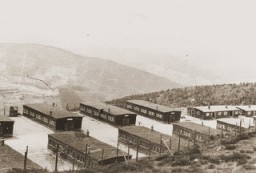
View of the Natzweiler concentration camp. Photograph taken in 1945.
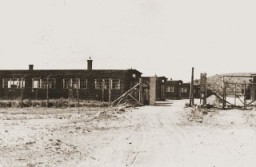
View of the Palace of Justice (left), where the International Military Tribunal trial was held. Nuremberg, Germany, November 17, 1945. The Palace of Justice was selected by the Allied powers as the location for the International Military Tribunal (IMT) because it was the only undamaged facility extensive enough to accommodate a major trial. The site contained 20 courtrooms and a prison capable of holding 1,200 prisoners.
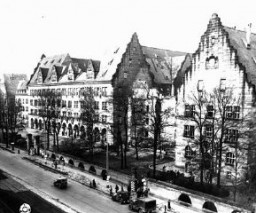
View of a section of the Plaszow concentration camp. Plaszow, Poland, 1943–1944.
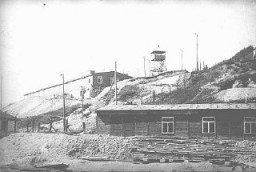
View of the flour mill in Zbaszyn, which served as a refugee camp for Jews expelled from Germany. The Jewish refugees, hungry and cold, were stranded on the border, denied admission into Poland after their explusion from Germany. Photograph taken between October 28, 1938, and August 1939. Warsaw-based historian, political activist, and social welfare worker Emanuel Ringelblum spent five weeks in Zbaszyn, organizing assistance for the refugees trapped on the border.
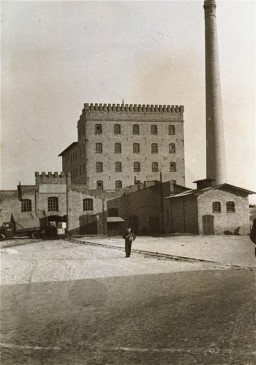
After World War II, the Rothschild hospital in Austria was primarily concerned with the rehabilitation of sick displaced persons. It also served as a lager for political prisoners and as a hostel for 600 refugees.
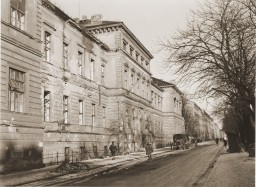
View of the Sobibor camp gate in the spring of 1943. Jews deported to the Sobibor killing center were driven through the gate into the camp on foot, by truck or horse-drawn cart. The train track led through a separate entrance to the right onto the site. Pine branches were braided into the fence to make it difficult to see in from the outside. This image comes from an album and collection kept by Johann Niemann, who became deputy commandant of the Sobibor killing center after holding positions in the…
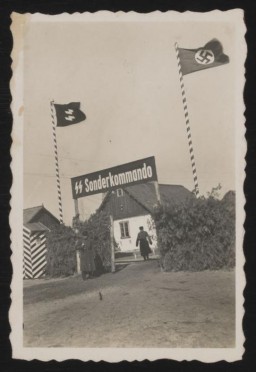
Rare image of the Sobibor killing center, taken from an album of photos belonging to Sobibor deputy camp commandant Johann Niemann.
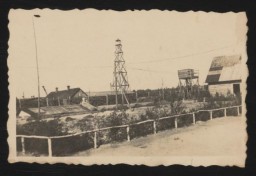
Rare image of the site of the Sobibor killing center, taken from an album of photos belonging to Sobibor deputy camp commandant Johann Niemann.
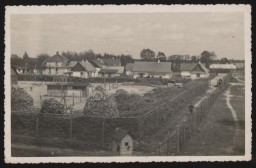
View of the Trawniki training camp showing two barracks and a watch tower. Trawniki, Poland, between 1941 and 1944.
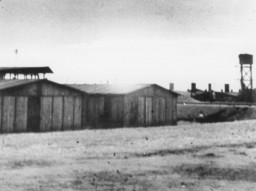
We would like to thank Crown Family Philanthropies, Abe and Ida Cooper Foundation, the Claims Conference, EVZ, and BMF for supporting the ongoing work to create content and resources for the Holocaust Encyclopedia. View the list of donor acknowledgement.